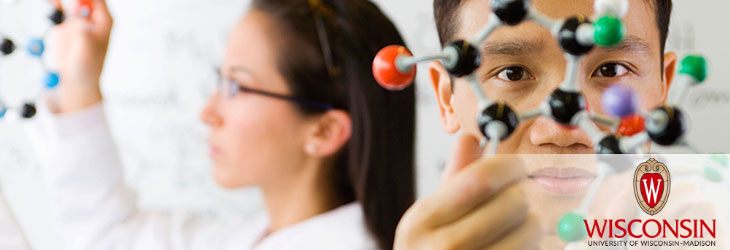Drug Discovery & Development

Enhanced Blood-Brain Barrier Model Outperforms All Others
WARF: P130017US02
Inventors: Eric Shusta, Samira Azarin, Sean Palecek, Ethan Lippmann
The Wisconsin Alumni Research Foundation (WARF) is seeking commercial partners interested in developing an improved in vitro model of the blood-brain barrier that is derived from human pluripotent stem cells and enhanced with retinoic acid.
Overview
The blood-brain barrier (BBB) is made up of brain microvascular endothelial cells (BMECs), which line brain capillaries and control trafficking between the bloodstream and neural tissue. Although essential to healthy brain function, the BBB interferes with drug delivery, preventing most pharmaceuticals and therapeutics from entering the brain from the bloodstream. This hinders the treatment of brain disorders such as stroke and Alzheimer’s disease.
Accurately reproducing the BBB in an in vitro setting would help identify compounds capable of entering the brain. A robust human model especially is needed for accurate screening and study. Current methods for creating an in vitro human BBB model require the independent isolation of multiple cell types, and the quality of these preparations varies.
UW–Madison researchers previously created a simpler, more reproducible BBB model using primary BMECs and neural progenitor cells. However, primary BMECs are difficult to isolate and grow reproducibly.
Accurately reproducing the BBB in an in vitro setting would help identify compounds capable of entering the brain. A robust human model especially is needed for accurate screening and study. Current methods for creating an in vitro human BBB model require the independent isolation of multiple cell types, and the quality of these preparations varies.
UW–Madison researchers previously created a simpler, more reproducible BBB model using primary BMECs and neural progenitor cells. However, primary BMECs are difficult to isolate and grow reproducibly.
The Invention
UW–Madison researchers have developed a more realistic, reproducible in vitro model of the BBB. The model uses either human embryonic or induced pluripotent stem cells as a source of BMECs.
These cells are treated with retinoic acid to produce further BBB maturation and improve barrier properties. They are purified and co-cultured with other types of neurovascular cells, including pericytes, astrocytes and differentiated neural progenitor cells (NPCs).
These cells are treated with retinoic acid to produce further BBB maturation and improve barrier properties. They are purified and co-cultured with other types of neurovascular cells, including pericytes, astrocytes and differentiated neural progenitor cells (NPCs).
Applications
- Screening for compounds capable of crossing the BBB for treatment of brain disorders
- Identifying compounds for treatment of other diseases that have the potential to cross the BBB and cause brain toxicity
- Researching brain function
Key Benefits
- More accurately predicts in vivo behavior than other models
- Treatment with retinoic acid leads to dramatic improvement in tightness.
- Much higher transendothelial electrical resistance (TEER) measurements than other models
- Less labor intensive
- Reproducible and reliable
- Expresses important BBB markers
- Good permeability properties
Stage of Development
The TEER measurements of this model have exceeded 5,000 Ωcm2, which is higher than any known model.
Additional Information
For More Information About the Inventors
Related Technologies
Publications
- Lippmann E.S., Al-Ahmad A., Palecek S.P. and Shusta E.V. 2013. Modeling the Blood-Brain Barrier using Stem Cell Sources. Fluid Barriers CNS. 10, 2. DOI: 10.1186/2045-8118-10-2
Tech Fields
For current licensing status, please contact Jennifer Gottwald at [javascript protected email address] or 608-960-9854